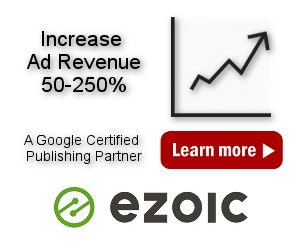IMPORTANT: Numeric entry fields must not contain dollar signs, percent signs, commas, spaces, etc. (only digits 0-9 and decimal points are allowed).
Click the Terms tab above for a more detailed description of each entry.
Step #1:
Enter your ad revenue goal amount and select the period the amount is applicable to.
Step #2:
Enter the percentage you expect your traffic to grow by each month.
Step #3:
If you have no current traffic, enter the number of visits you expect for the first month.
Step #4:
If you have no existing ad revenues, choose either RPM or eCPM method of estimating your niche's earning potential, and then complete the field(s) applicable to that method.
Step #5:
If you have existing traffic to your site/blog, enter the current number of visits and the current number of pages/posts.
Step #6:
If you have existing ad revenues, enter the name and periodic revenue for each source.
Step #7:
Select the month and enter the 4-digit year you would like the forecast to start at.
Step #8:
Tap the "Forecast Ad Revenues" button and scroll down to view and/or print the results.



Follow me on any of the social media sites below and be among the first to get a sneak peek at the newest and coolest calculators that are being added or updated each month.